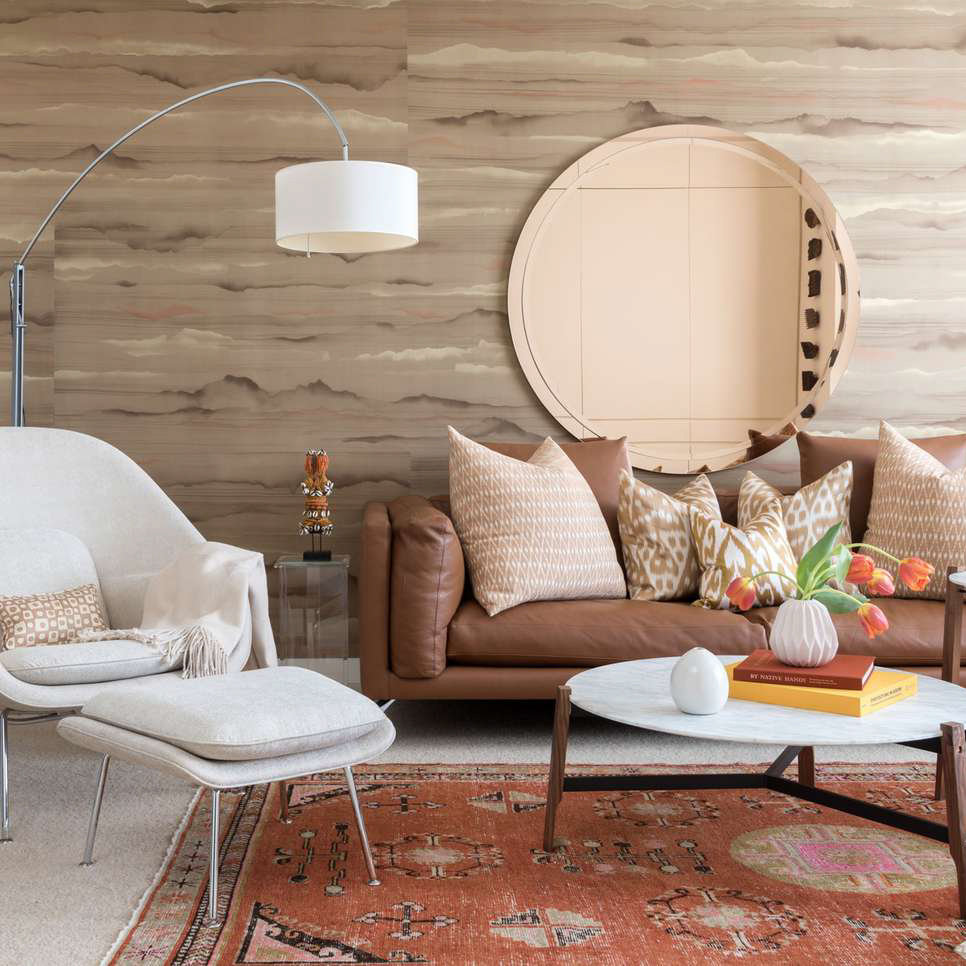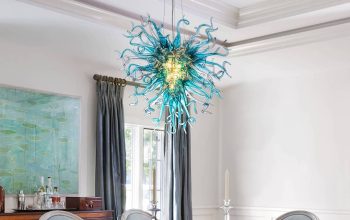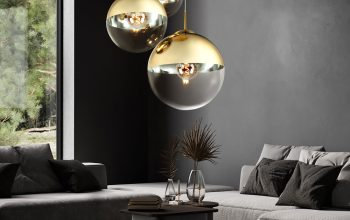Introduction
LEDL, or Light Emitting Diodes Lighting, is an innovative technology that has taken the lighting industry by storm in recent years. LEDs are highly efficient, long-lasting, cost-effective, and environmentally friendly, making them a popular choice for both commercial and residential lighting applications. In this article, we will explore the possibilities of LEDL and discuss how this technology is shaping the future of lighting.
Advantages of LEDL
One of the main advantages of LEDL is its energy efficiency. Compared to traditional incandescent bulbs, LEDs consume significantly less energy and have a longer lifespan, which means they are more cost-effective in the long run. LEDs are also environmentally friendly, as they do not contain toxic materials, such as mercury, which are harmful to the environment and human health.
Efficiency
The efficiency of LEDL is due to its ability to transform electrical energy into light, rather than heat. In traditional incandescent bulbs, most of the energy consumed is converted into heat, rather than light, which is why they are less efficient than LEDs. LEDs can also produce brighter light than other types of bulbs, making them ideal for outdoor lighting applications, such as streetlights and traffic signals.
Lifespan
The lifespan of LEDL is another key advantage. LEDs can last up to 25 times longer than traditional incandescent bulbs, which means they require less maintenance and replacement over time. This not only saves money on replacement costs but also reduces the amount of waste that ends up in landfills. The long lifespan also makes LEDs a popular choice for commercial lighting applications, such as office buildings and warehouses, where lights are left on for longer periods of time.
Cost-Effectiveness
Despite the initial cost of LEDL being higher than other types of bulbs, the long-term cost savings make them more cost-effective overall. This is due to their energy efficiency and longer lifespan, which translates into lower energy bills and fewer replacements over time. LEDs are also eligible for rebates and incentives from energy companies and governments, further reducing the cost of installation.
Applications of LEDL
LEDL has a wide range of applications, from commercial and industrial lighting to residential lighting and even horticultural lighting for plant growth. LEDL is ideal for applications where bright, long-lasting, and energy-efficient light is required. Some of the most popular applications of LEDL include:
Commercial Lighting
LEDL is commonly used in commercial and industrial settings, where bright and efficient lighting is required. This includes office buildings, warehouses, factories, and retail stores. LEDs can be used in a variety of lighting fixtures, including recessed lighting, track lighting, and overhead lighting.
Residential Lighting
LEDL is becoming increasingly popular for residential lighting applications, as consumers are looking for energy-efficient and cost-effective lighting solutions. LEDs can be used in a variety of settings, from kitchen and bathroom lighting to outdoor lighting and decorative lighting for holidays and special occasions.
Horticultural Lighting
LEDL is also used in horticultural lighting for plant growth. LEDs can provide the specific wavelengths of light required for photosynthesis, making them ideal for indoor farming and gardening. Horticultural lighting can be used for a variety of plants, including herbs, vegetables, and flowers.
The Future of LEDL
The future of LEDL looks bright, as this technology continues to advance and improve. Companies are exploring new ways to enhance the efficiency and lifespan of LEDs, while also improving their color rendering and dimming capabilities. LEDL is also being integrated with other technologies, such as smart home systems, to provide greater control over lighting settings and energy usage.
Smart Home Integration
LEDL is being integrated with smart home systems, such as Amazon Alexa and Google Home, to provide greater control over lighting settings and energy usage. Smart home systems allow users to control their lights remotely, set schedules and timers, and adjust the brightness and color temperature of their lights to suit their needs.
Enhancements in Efficiency and Lifespan
Companies are exploring new materials and manufacturing techniques to enhance the efficiency and lifespan of LEDs. This includes the use of nanotechnology, which can improve the conductivity and heat dissipation of LED chips, and the development of new substrates, which can improve the overall durability and reliability of LEDs.
Improved Color Rendering and Dimming Capabilities
LEDL is also being improved in terms of color rendering and dimming capabilities. Companies are developing new phosphor materials that can produce a wider range of colors and improve the color accuracy of LEDs. They are also developing new driver technologies that allow for smoother and more precise dimming of LED lights.




